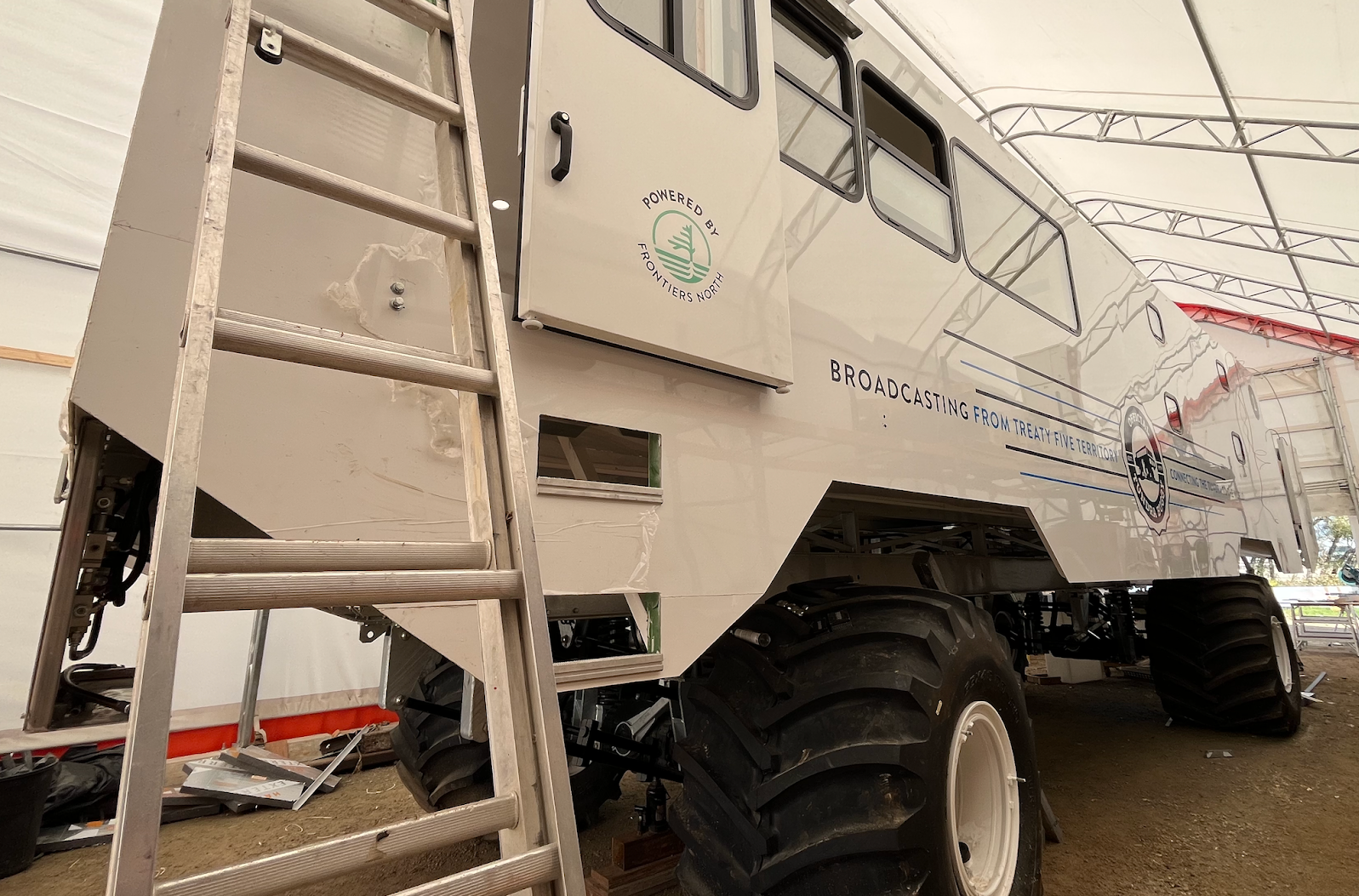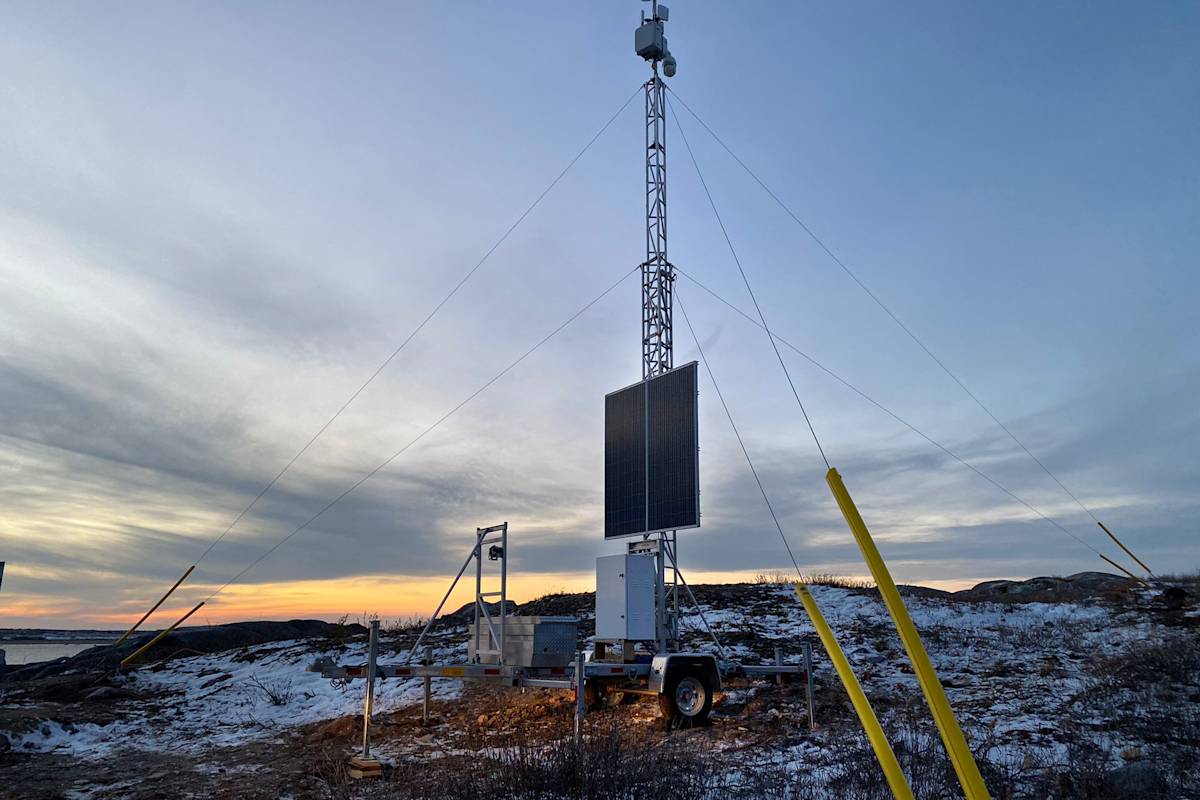First fully-electric buggy to roll into the Arctic tundra
Why It Matters
When non-profits can combine operations with values, it can have a meaningful impact that builds trust, inspires action, and sets an example for others to follow.

A new set of environmentally-friendly wheels will soon be driving across the Canadian Arctic tundra.
Polar Bears International has announced the first-ever fully electric Tundra Buggy.
“We can really walk-the-talk or drive-the-talk, I guess, if we’re asking people to consider cleaner energy solutions to look at things like solar panels and to look at electric vehicles in their own lives and communities, then we should be doing that as often as we can,” said Alysa McCall, a scientist and director of conservation outreach with Polar Bears International.
The organization is the only non-profit dedicated solely to the observation and research of polar bears and Arctic sea ice.
The EV is built from the ground up, rather than converted from a diesel engine.
The new vehicle will replace its old diesel-powered buggy that scientists have used for nearly two decades in northern Manitoba near Churchill.
“The quietness is nice because it is possibly less disturbing to the bears,” McCall said.
“Having a battery-powered model is cleaner and quieter in the short term, but also means better for the long term,” she said.

The battery-electric vehicle can seat up to six passengers and will be used for research, outreach and broadcasts.
It will allow media crews and guests to observe polar bears or watch them through an up-close live stream while contributing less to carbon pollution.
“Being able to add more researchers or more if there’s a media team that wants to come out and capture something, we have just way more opportunities to flex with what’s going on on the tundra.”
AI technology in the tundra
The unveiling of the electric Tundra Buggy coincides with Polar Bear Week, during which Polar Bears International spotlights innovative solutions for coexistence in a warming climate.
The organization also announced its brand new “Bear-Dar” has been deployed in Northern Canada.
Bear-Dar is an AI polar bear detection radar system.

“We tried to see if we could train this radar using AI to know what a polar bear is and then give a warning when it sees a polar bear.”
The organization trained the AI device at the Assiniboine Park Zoo in Winnipeg, which is home to numerous polar bears at its Journey to Churchill exhibit.
Now, the Bear-Dar has been deployed in Eureka, Nunavut, where it’s detecting bears in the wild.
Polar bears are increasingly being forced to spend more time on land, where they risk encounters with people, due to global warming, she said.
The AI detector can provide communities with advanced notice of polar bear activity, to potentially avoid dangerous encounters.
But the tool is also helpful for scientists, said McCall.
“AI can help identify individual animals that would be harder for people to look at. It can run through a ton of data and summarize it way quicker than any grad student ever could,” she said.
“There are opportunities where if we use AI thoughtfully, it really could catapult some things forward.”

